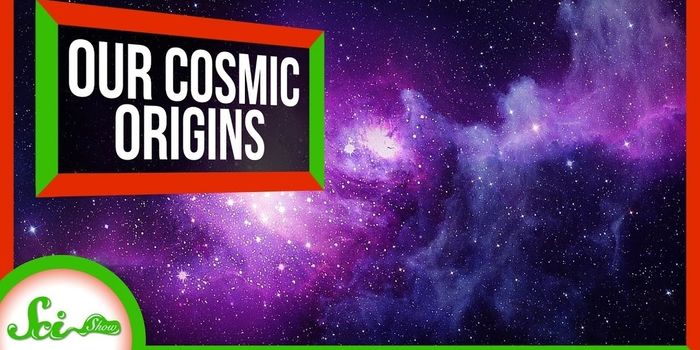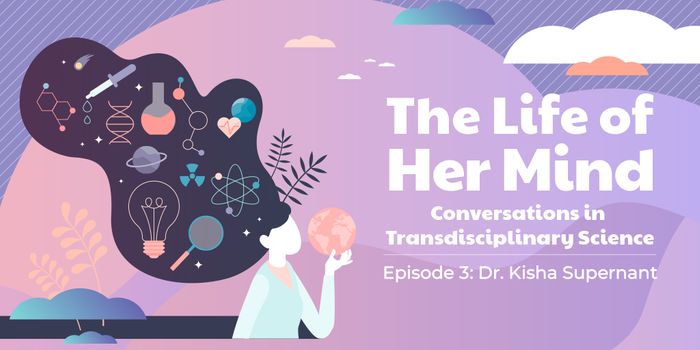Humans have two different types of DNA: nuclear and mitochondrial DNA. The one that usually gets the majority of publicity (good or bad) is nuclear DNA, which is packed into the 46 chromosomes that make us humans. But floating inside of the cytoplasm are mitochondria, the proverbial "powerhouse of the cell" that also carry DNA. In contrast to nuclear DNA, mitochondrial DNA (mtDNA) is much shorter, coding for 37 discreet genes, and is packed into circular structures. Each mitochondrion is estimated to contain between 2 to 10 copies of the circularized mtDNA.
Mitochondrial DNA is also uniquely inherited from females. It turns out, any traces of mtDNA in a male's sperm is usually destroyed upon fertilization with the egg. This means all the mtDNA floating in all of us can, theoretically, be traced back to the first female - a person scientists call "Mitochondrial Eve."
While we don't know exactly why evolution selected for mtDNA from only the mom's side, scientists are making headway into solving the case of the disappearing mtDNA on the dad's side. Watch the video to find out more!








